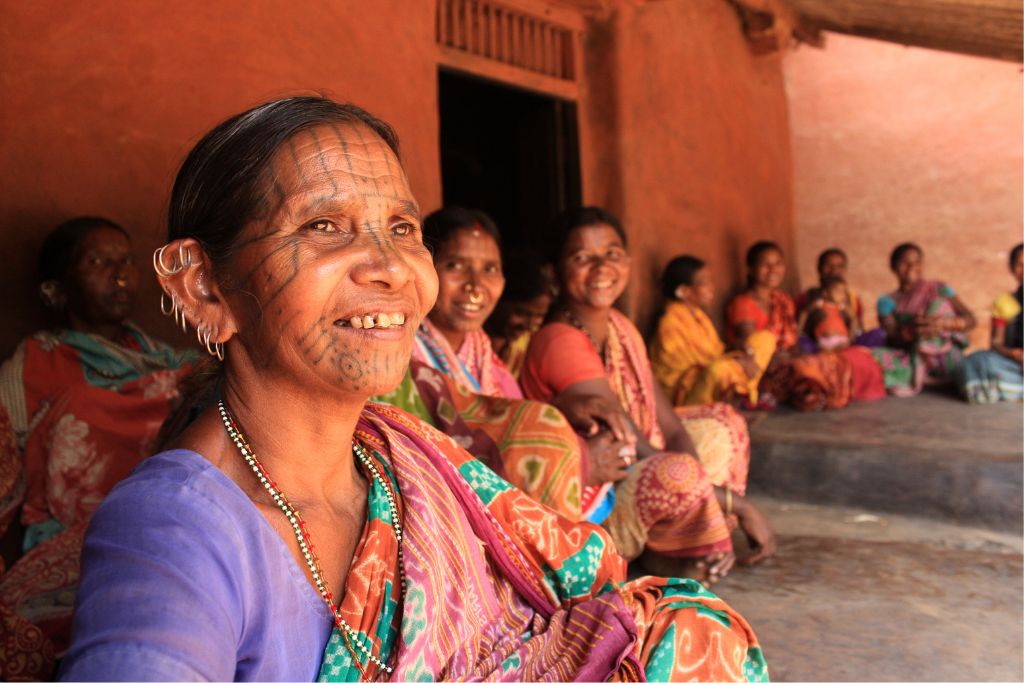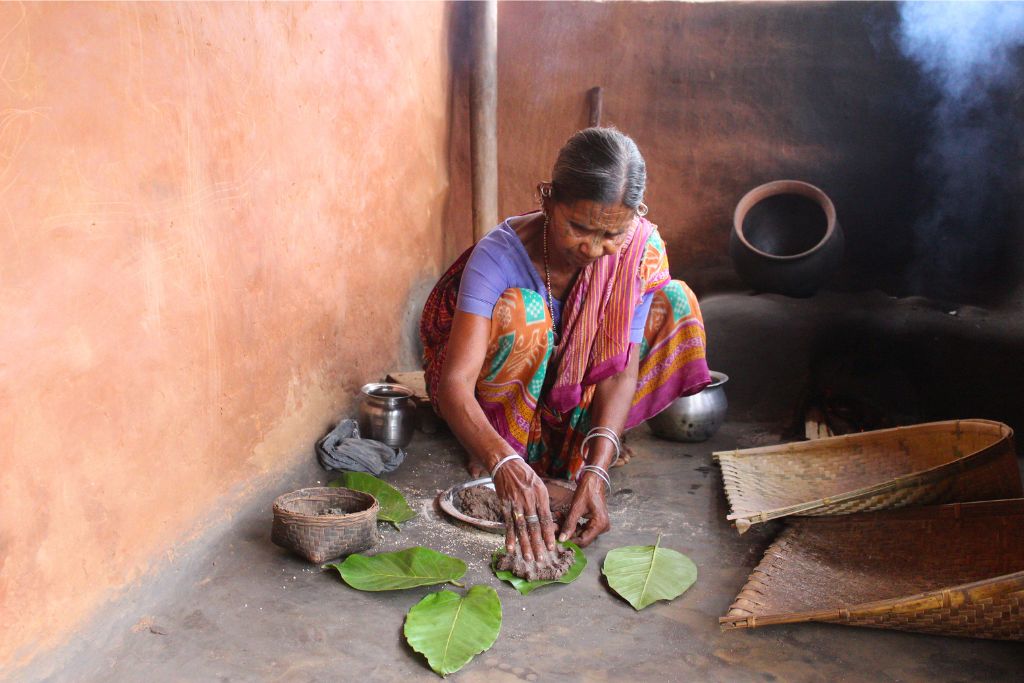
Could this Odisha tribal snack start a food trend?
Palami Mallick, 65, who belongs to the Kutia Kondh tribe in Odisha's Kandhamal district, prepares mandia pitha using ragi and other ingredients. This particularly vulnerable tribal group has a strong cultural association with millets.
Palami Mallick winnows niger seeds on a bamboo tray called kula. The niger plant is a significant commercial crop among the tribal communities in Odisha.
Hand-pounded niger seeds are collected from the dhinki, a traditional grain-threshing method followed in rural Odisha.
Also Read | Dhinki delight in Odisha: Bringing back hand-pounded ragi
Then the flour mix of arhar dal, niger seeds and finger millet or ragi, the main ingredient for mandia pitha, is prepared.
Also Read | Odiya tribes discover the wonders of millets
The dough is mixed well and left to rest in the shade for about half an hour.
Photo essay: When millets go mainstream to bring a revolution
An earthen pot is heated on a chullah (small brick stove) and the dough wrapped in sal leaves is placed on a low flame.
Also Read | Uttarakhand’s juiciest millet momos are calling you
Once properly baked, the mandia pitha emits a smoky aroma and gets a coffee colour.
Also Read | How millet magic is empowering women in rural Odisha
The lead image shows Palami Mallick sitting outside her house with other women from the neighbourhood.
Reporting and photography by Abhijit Mohanty, a Bhubaneswar-based journalist.











